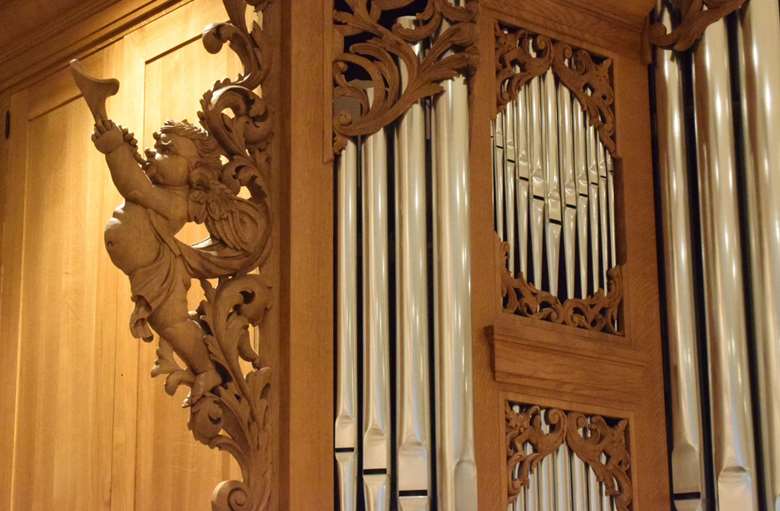Royal Birmingham Conservatoire welcomes new baroque-style organ
Florence Lockheart
Thursday, December 23, 2021
The new organ is one of four new instruments procured by the Conservatoire's organ department after large donations


Register now to continue reading
Don’t miss out on our dedicated coverage of the classical music world. Register today to enjoy the following benefits:
- Unlimited access to news pages
- Free weekly email newsletter
- Free access to two subscriber-only articles per month